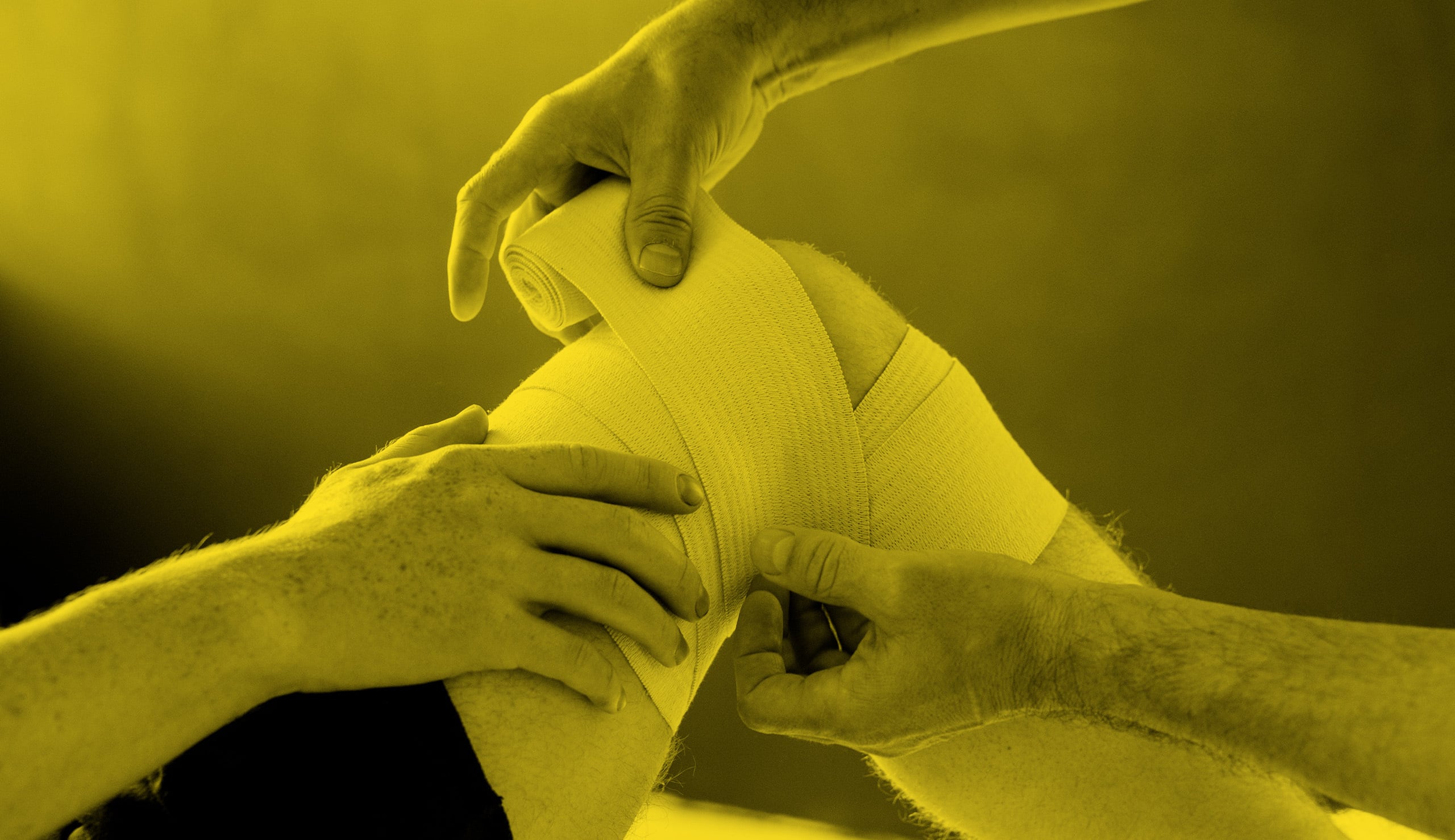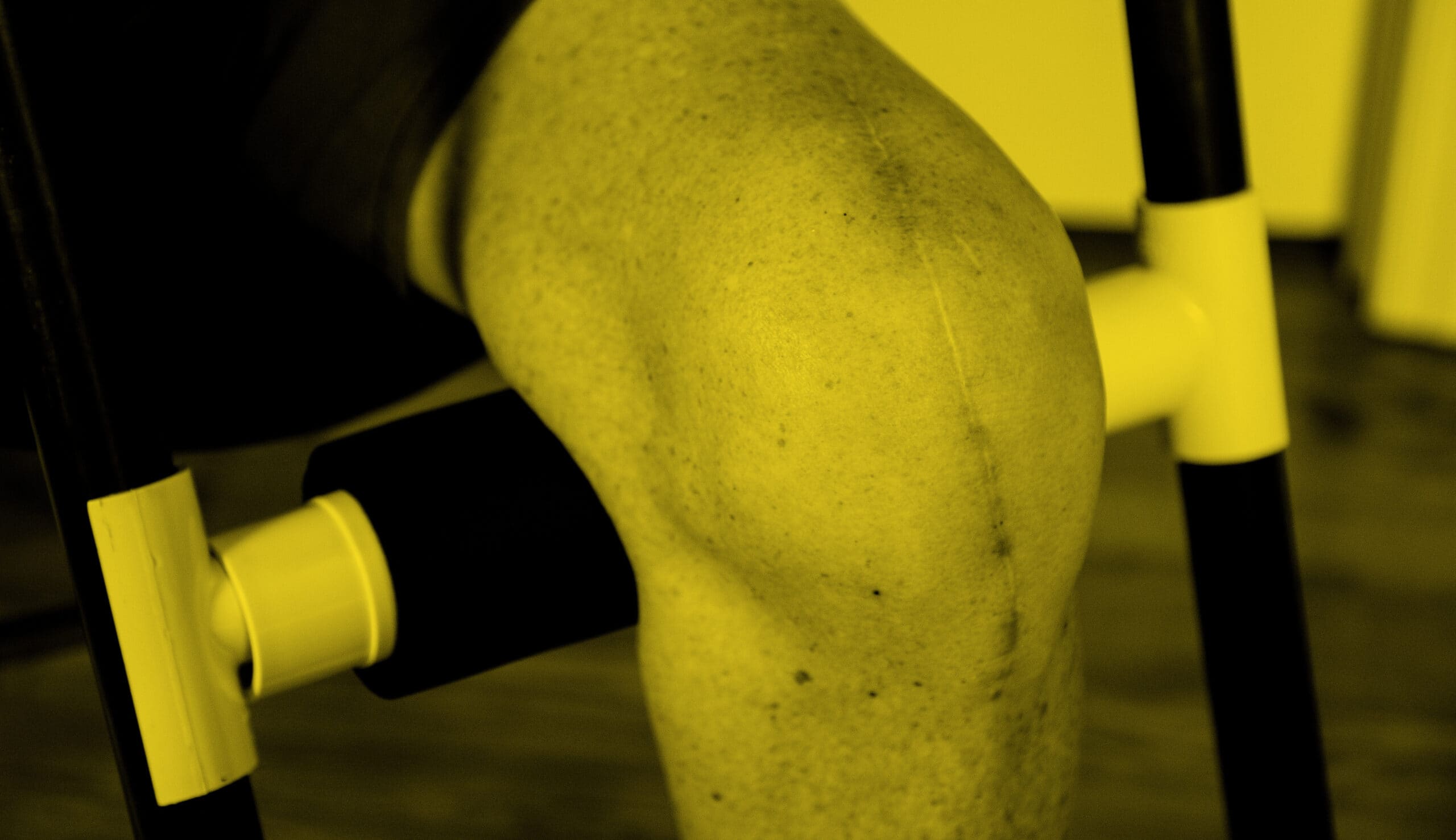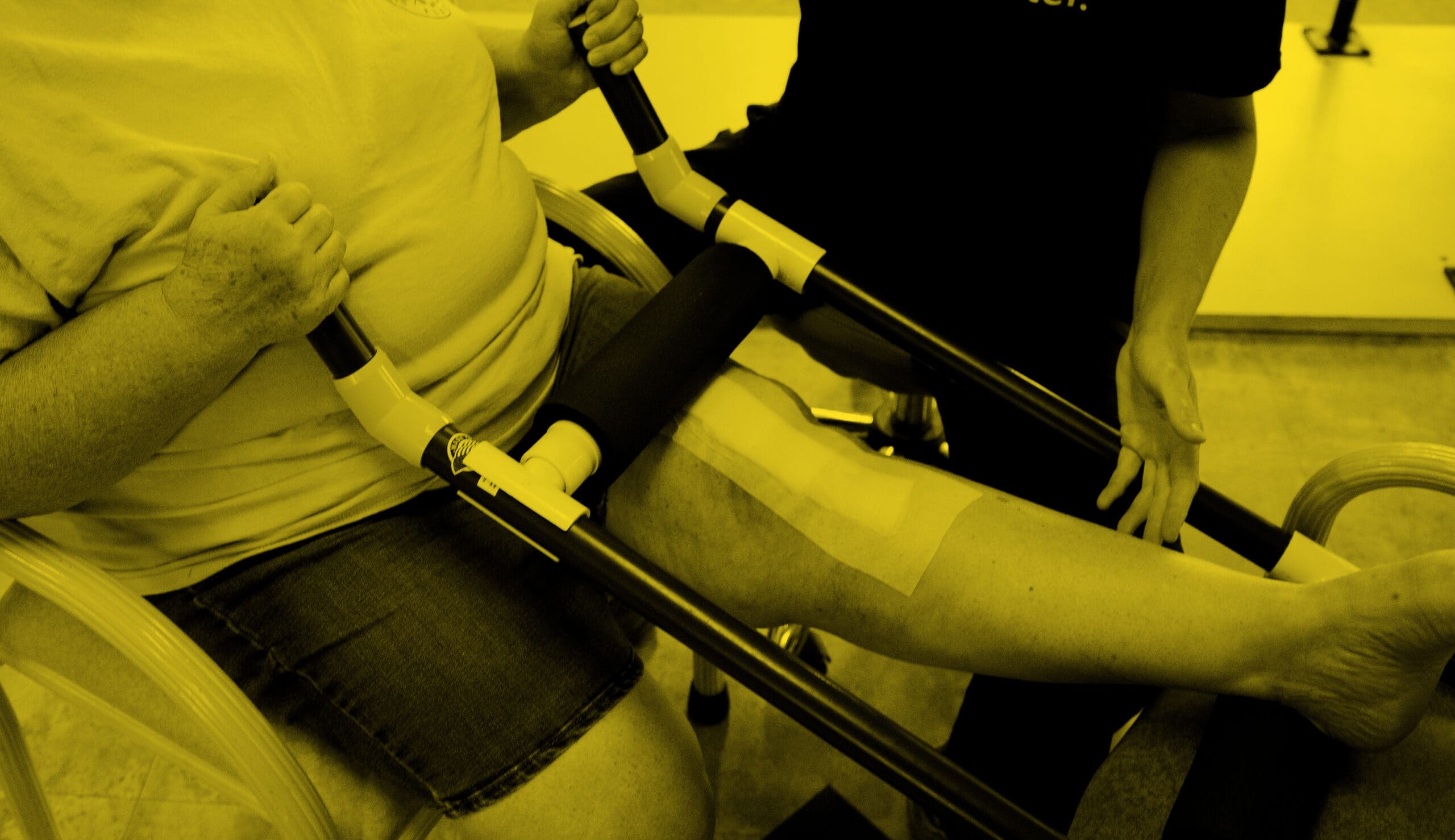
Top 3 Mistakes to Avoid After Knee Surgery
Choosing to undergo knee replacement surgery is a significant decision often



Choosing to undergo knee replacement surgery is a significant decision often

Everyone wants to know what to expect after knee replacement surgery. They

The decision to undergo total knee replacement (TKR) surgery is a major

Knee replacement surgery is a big undertaking. It’s one of the most

Clinically proven to cut recovery time in half.
Free Knee Rehab Checklist
Download our free Knee Rehab Checklist and reach your knee recovery goals faster.
